As someone who has a spent a week this August on a family vacation in Seattle I think that I am eminently qualified to 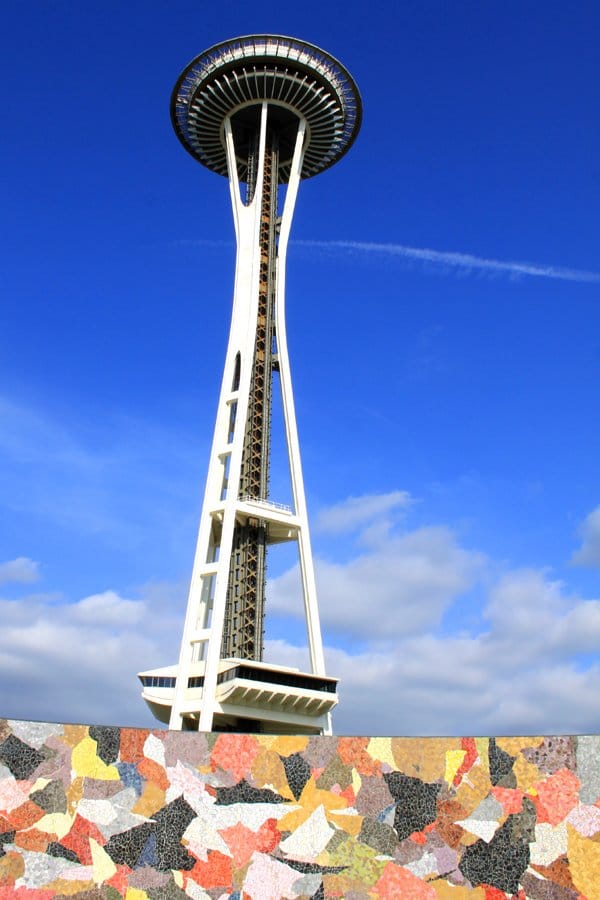 write a full blog post on how to bird Seattle. Actually, I am not really qualified but I can give some impressions of an East Coaster birding Seattle in August which, in my deluded mind, seems like it might be useful for other birders. If you are from Seattle please feel free to skip this or, at the very least, read it charitably and then don’t be mean in the comments.
write a full blog post on how to bird Seattle. Actually, I am not really qualified but I can give some impressions of an East Coaster birding Seattle in August which, in my deluded mind, seems like it might be useful for other birders. If you are from Seattle please feel free to skip this or, at the very least, read it charitably and then don’t be mean in the comments.
Seattle is a marvelous city and well worth the visit both for the tourist attractions like Pike’s Place Market and the Space Needle and for simple things like sane drivers and friendly strangers. What you can’t help but notice on the streets in Seattle is the trees. There are lots of them. And with trees come birds and sure enough even on downtown streets you have a chance to see birds beyond the usual American urban trifecta of European Starlings, House Sparrows, and Rock Pigeons. But before I get into the details of what birds were where let me take a moment or two to mention the references I used to figure out where to bird.
A Birder’s Guide to Washington by Hal Opperman, published by the American Birding Association back in 2003, was an invaluable resource in figuring out what parks we should visit. Once a park was decided upon eBird was useful in determining with more precision what had been around historically in Augusts past and in the week or so before our visit. Once we were in Seattle I picked up a couple more books. Birding in Seattle and King County by Eugene S. Hunn, published by the Seattle Audubon Society in 1982 was interesting for the historical perspective but was largely out of date. Birds of Seattle and Puget Sound by Chris C. Fisher is one of those local field guides that don’t offer much to the birder who comes armed with Peterson and Sibley but it is nicely illustrated and has good seasonal abundance charts. Google Maps was referenced to get a general idea of our routes to parks and a Garmin GPS system easily guided us to wherever we wanted to go.
Seattle appreciates good optics – Swarovski scope at the Space Needle
While in Seattle we stayed at the Belltown Inn, which was the cheapest lodging we could find that was decent and within walking distance of all of the major tourist attractions. The room was small but clean and well-equipped with the exception that no rooms have air conditioning and the staff was extremely pleasant and helpful. Visiting bird bloggers might like to note that while there is free internet access in their business center if you want internet service in your room you are going to have to pay for it.
White-crowned Sparrow Zonotrichia leucophrys at the Olympic Sculpture Park
On to the birds! Walking around downtown Seattle in August is guaranteed to net you the urban threesome mentioned above, Glaucous-winged Gull, the “Puget Sound” Crow, and, likely, a roving flock of chickadees that might be Black-capped Chickadees, might be Chestnut-backed Chickadees, and might contain both. The sparrow one is likely to encounter is White-crowned Sparrow though Song Sparrows are present as well. Just remember that the northwestern Song Sparrow subspecies are darker than the ones we eastern birders are used to.
Song Sparrow Melospiza melodia
Getting down to the waterfront will likely add a Pigeon Guillemot or two to the day list and perhaps a Western Gull (or a gull that is somewhere between Western Gull and Glaucous-winged Gull).
Pigeon Guillemot Cepphus columba both above and below
Glaucous-winged Gull Larus glaucescens both above and below
Beyond those birds we didn’t see many species at all unless we were in one of Seattle’s many fine parks. Perhaps the most famous of Seattle’s parks is Discovery Park, which is sometimes referred to as Seattle’s Central Park because it is big and was designed by Charles Olmsted, stepson to the man who designed New York City’s Central Park, Frederick Law Olmsted. I found the two parks to be not at all similar. Discovery Park is not in the middle of Seattle but way out to the north in the Magnolia neighborhood. Central Park is surrounded by tall buildings while Discovery Park is on Puget Sound and has beaches. Both parks are pretty and well-attended but comparisons essentially should stop there. Unfortunately, our one visit to Discovery Park was in the middle of a hot, sunny, weekend afternoon and the birding was far from stellar. Being at a park at the worst time of day at the worst time of year for birds is bad enough but when lots of people are out and about it is going to be even worse for a birder. With 534-acres to explore we did find some quiet spots but the silence encompassed both people and birds. Birding highlights of our visit, if you can call them that, were Wilson’s Warblers, Cedar Waxwings, and Spotted Towhees. Our visit was not helped by parking in the north parking lot and exploring from there – apparently the thing to do would be to park in the south parking lot and do the Loop Trail to get a full feel for the park. Next time we will be prepared and will more fully enjoy Discovery Park (Redgannet certainly seems to have had a good visit last December).
Bald Eagle Haliaeetus leucocephalus at Carkeek Park
But Seattle has far more than just Discovery Park! We were pleased with our visit to Carkeek Park in northern Seattle both because of the beautiful surroundings and because of the playground equipment Desi got to enjoy. It is definitely a busy park but there is some good riparian forest habitat that must hide some quality birds. In the short time we were there we had flyover Osprey and Bald Eagle and enjoyed a murder of crows and mixed flock of chickadees and Golden-crowned Kinglets. Seward Park, on a peninsula that extends into Lake Washington, let us see both chickadees, a flock of Stellar’s Jays, some common woodpeckers, and a Pacific Wren, one of the few I would find on the entire trip because they apparently get quiet in late summer.
Chestnut-backed Chickadee Poecile rufescens
But our favorite park within Seattle’s city limits was Volunteer Park, especially when we visited it at the end of a day with mostly clear skies. Sunset from up on the hill was pretty and provided great light for photography. The elevation gave us great views. Birding was so-so, with pretty much just the birds listed for urban Seattle spotted, but on one of our two visits there was a host of Vaux’s Swifts and Barn Swallows overhead. And, easterners, don’t get excited by the squirrels – they are transplanted Eastern Gray Squirrels, like every other squirrel in Seattle.
Eastern Gray Squirrel Sciurus carolinensis
What really makes Seattle a great birding destination is its proximity to amazing places to bird like the Olympic Peninsula, Vancouver, Mount Rainier National Park, all of the assorted waterways and islands in the area, and a host of other destinations. Get to Seattle for great coffee, friendly people, wonderful parks, and outstanding birds! You won’t regret it!
As I am obviously a novice when it comes to birding Seattle there are obviously gaps in the information provided here. If you can fill any of those gaps please feel free to do so in the comments.
…


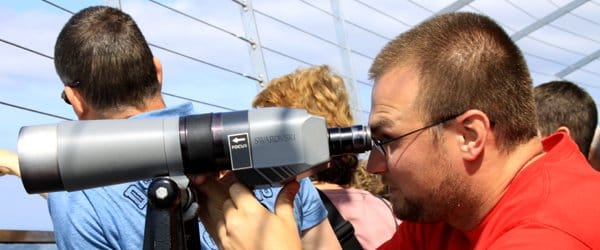
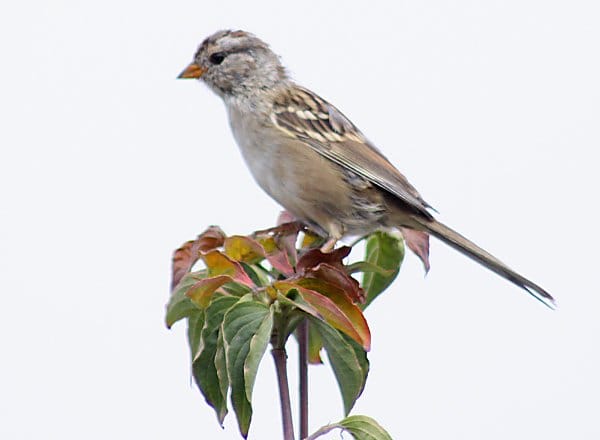
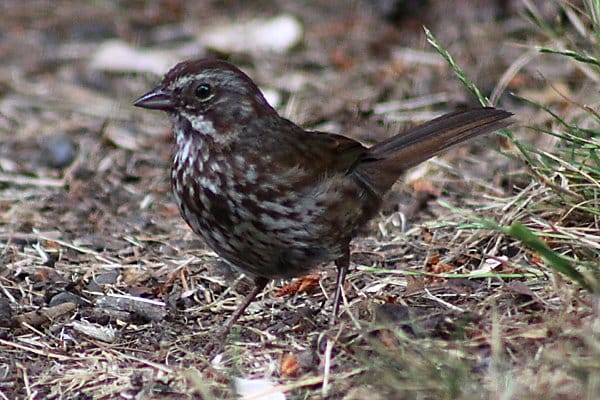
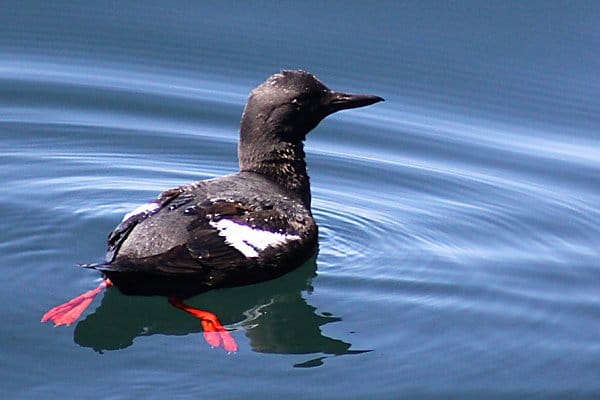
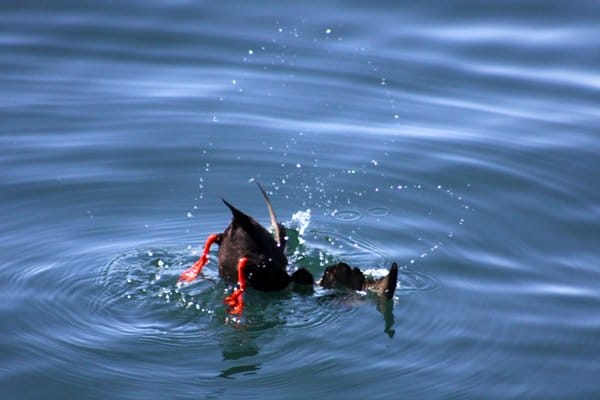
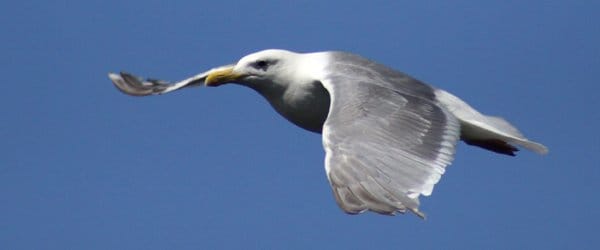
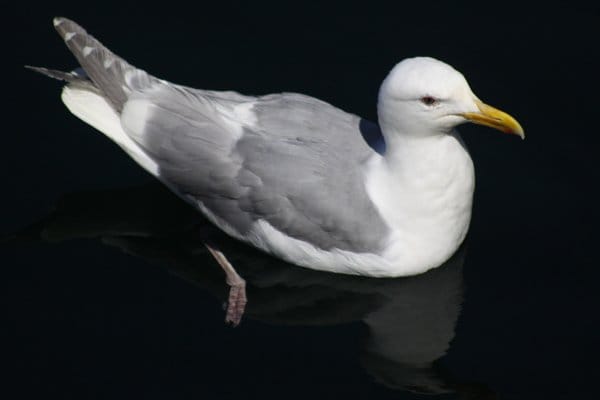
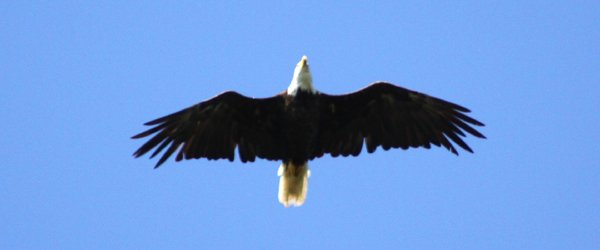
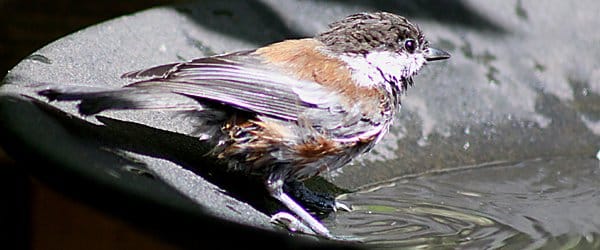
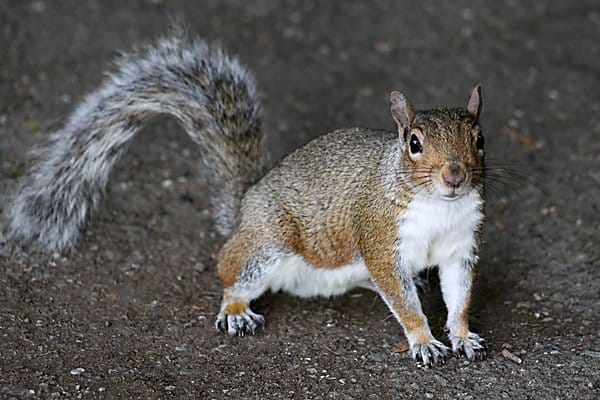
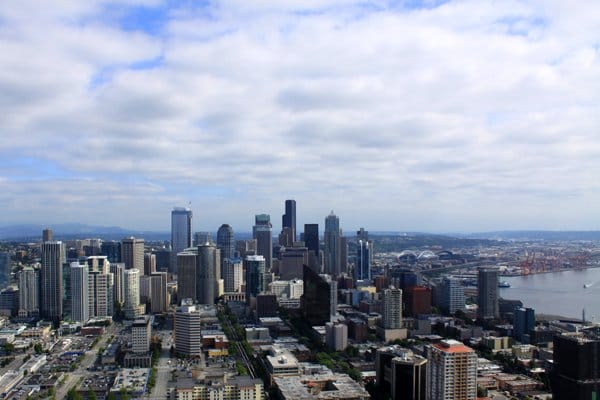











Glad you enjoyed your visit to Puget Sound! Next time you’re here, come and bird with Eastside Audubon. The suburbs on the our side of Lake Washington have some outstanding birding destinations and great birders who can help you find your way around. Above all, try the Audubon BirdLoop at Marymoor Park. Happy birding.
Sounds like a great time, Corey. Next time try the Montlake Fill, too.
The Union Bay Natural Area (near UW) is a good birding spot. I was there in June and saw my life Cinnamon Teal, among other things.
That’s the new name for the Montlake Fill, isn’t it?
To plan your next trip, check out BirdWeb dot org. Great info about what birds you might expect to see in Washington State — and where and when. Resources and birding places, too. (And yes, the Montlake Fill/ Union Bay Natural Area can be found on BirdWeb!)
I echo the sentiments about Montlake Fill (aka UBNA). This is a 75-acre natural area, formerly a landfill, that has been birded since 1895. It consists of ponds, prairie, swamp, marsh, lake, and riparian habitat. It has a list of 247 different species. Of special interest to eastern birders, here’s a list of the birds I found there this August: Cinnamon Teal (breeder), Red-necked Grebe, Merlin, Glaucous-winged Gull, Least Sandpiper, Western Sandpiper, Long-billed Dowitcher, Band-tailed Pigeon, Vaux’s Swift, Northern Flicker (red-shafted; breeder), Red-breasted Sapsucker, Western Wood-Pewee, Olive-sided Flycatcher, Pacific-slope Flycatcher, Violet-green Swallow, Steller’s Jay (breeder), Bushtit (breeder), Bewick’s Wren (breeder), MacGillivray’s Warbler, Spotted Towhee (breeder), and Black-headed Grosbeak. Other months bring equally wonderful birds. Every day is different, which is why I try to get over there every day. If you’re in the Seattle area, I’d be happy to show you my favorite place on Earth. – Connie
Thanks, all!
Next time I will contact some local organizations and definitely check out Montlake Fill, which apparently has a couple of lifers just sitting there waiting for me to see them.
Yes, Montlake Fill is a must for birding Seattle.
There is a Web site devoted to out-of-state birders who wish to bird the state of Washington:
http://birdingwashington.info/
I will be visiting Seattle from 20th December to 1st January from Oxford, England. I am looking for someone who can escort me round good birding sites or the possibility of joining a birding outing. Can anyone
please help?
Tim